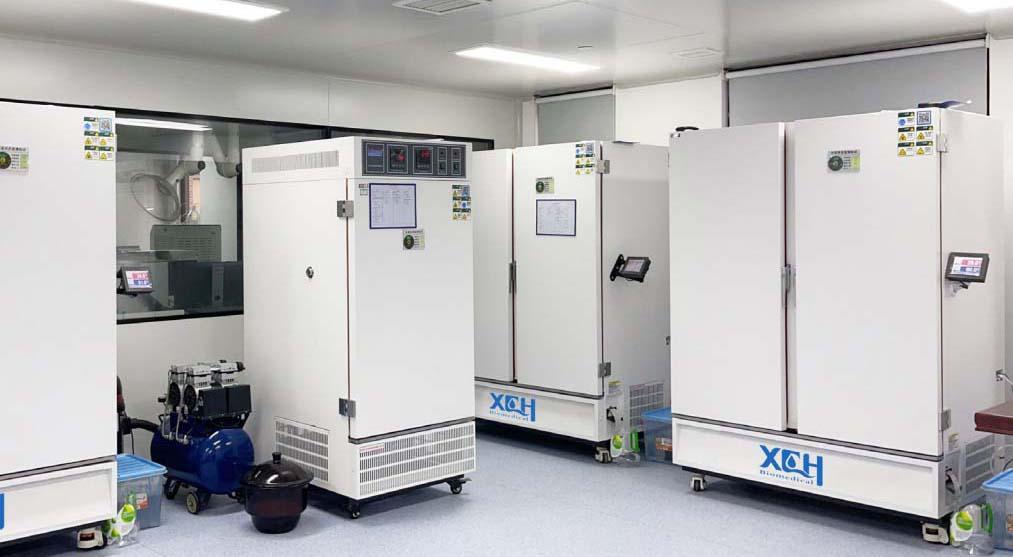Sunlight is a powerful force. The Sun emits radiation across most of the electromagnetic spectrum, including significant amounts of ultraviolet radiation. Although some of the solar radiation is absorbed by the Earth's atmosphere, a significant portion still reaches the Earth's surface (shown on the right). UV rays can break molecular bonds in the objects they hit. Most people are familiar with this effect on old paper products and other items. When they are exposed to sunlight, the chemical bonds break down, causing the colors to fade. This discoloration effect is called photodegradation.
However, the color of the object is not the only thing affected. The chemical properties of objects are affected, so these effects are extremely important for the stability chambers, cosmeceutical and nutraceutical industries. Chemical breakdown of drugs or vitamins needs to be avoided, so it is important to ensure that drugs and nutrients are stable over their expected shelf life in light. This is done by testing the photostability of the product. Stability chambers in pharmaceutical affects product shelf life, handling and packaging. This testing is an important part of the drug development process. Photostability studies are usually performed in a sequential fashion, with the drug/supplement being tested first. The product is then tested first in immediate packaging and then in final marketing packaging on retailer shelves. These tests can be repeated over and over until it is proven that the drug is adequately protected from light.
Drugmakers must determine the stability of their drugs to light. But what makes drug molecules or formulations unstable to light, and how to give them proper protection?
Why do drug molecules degrade under light?
First, drug molecules can absorb light directly. For this to work, the spectrum of the light source must overlap to some extent with the absorption spectrum of the molecule. Molecules that absorb light at wavelengths of 320 nm or higher are therefore at risk of photostability.
The second way light causes photodegradation is through a process called photosensitization. This is where another component of the formulation absorbs light energy and then transfers it to the drug molecules, causing degradation. To illustrate this effect, Figure 4 shows the structure and UV absorption spectrum of losartan. We do not want losartan to be at risk of photodegradation, and it has been shown to be photostable in most formulations. However, in liquid oral formulations containing cherry flavor, losartan is photosensitive [2]. Of course, the cherry flavor is colored and absorbs light. Furthermore, degradation occurs faster in the presence of oxygen. Photodegradation reactions usually proceed through oxidative pathways.
All companies developing or manufacturing pharmaceuticals require a robust photostability testing process to ensure product quality and compliance. Inadequate testing can lead to costly delays and lost revenue.
The 1996 guideline CPMP/ICH/279/95 Q1B describes the photostability testing process for new active substances and pharmaceutical products.
The output of cool white fluorescent lamps is similar to that specified in ISO 10977 (1993).
The spectral distribution of UVA fluorescent lamps is from 320nm to 400nm, and the maximum energy emission is between 350nm and 370nm. Most waves must be in the range of 320 nm to 360 nm and 360 nm to 400 nm.
Samples should be exposed to at least 1.2 million lux hours of visible light (VIS) and at least 200 Wh/m2 of UVA.
See thchamber's stability chambers page for more information.
